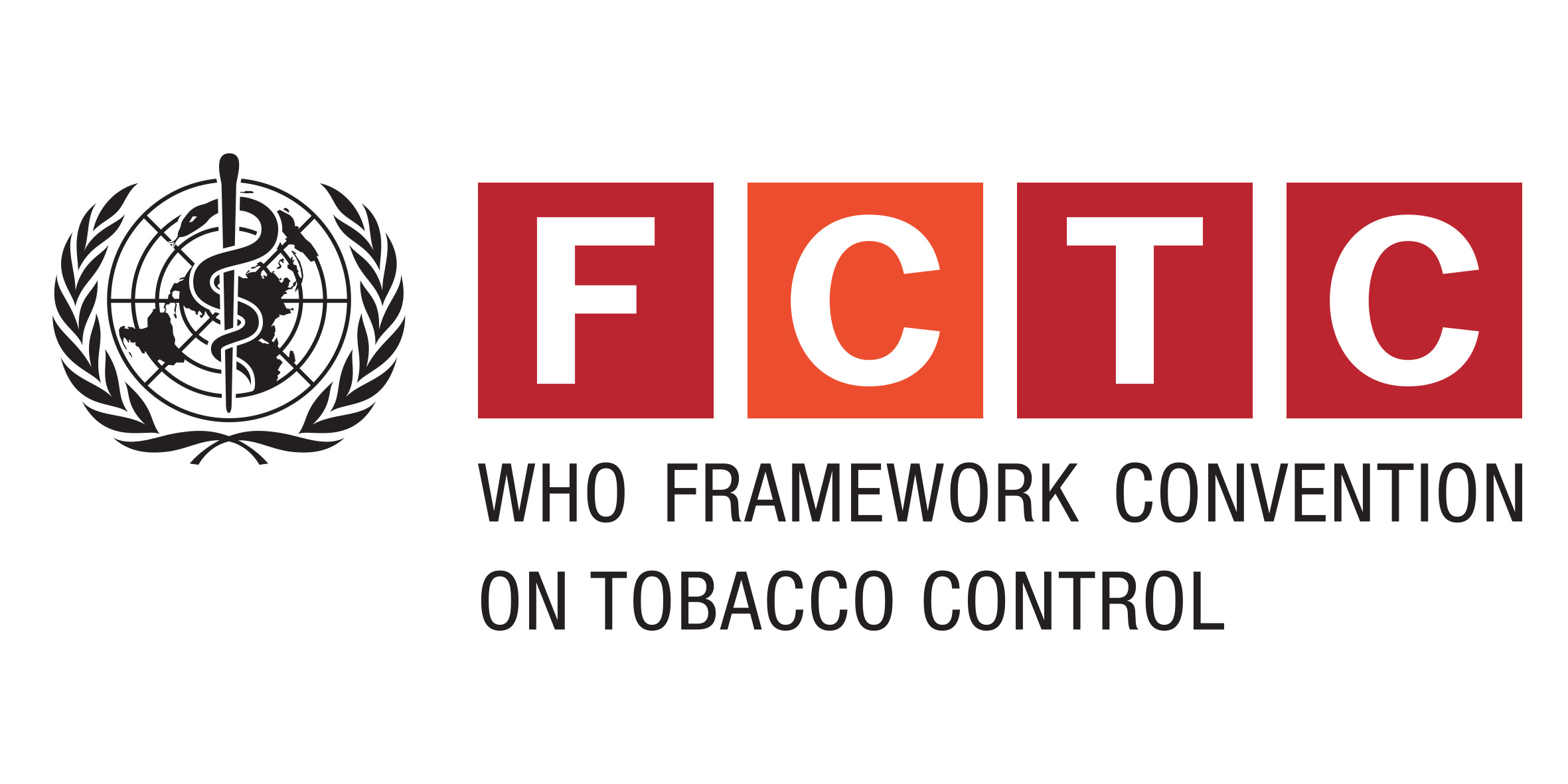Journal Article
Print(0)
Biofouling
Biofouling
Sep
29
8
917
928
GR: Canadian Institutes of Health Research/Canada; JID: 9200331; 0 (Disinfectants); 0 (Drinking Water); 4R7X1O2820 (Chlorine); 2013/07/24 [aheadofprint]; ppublish
England
1029-2454; 0892-7014
PMID: 23879183
eng
Journal Article; Research Support, Non-U.S. Gov't; IM
10.1080/08927014.2013.816298 [doi]
Unknown(0)
23879183
A model biofilm, formed of multiple species from environmental drinking water, including opportunistic pathogens, was created to explore the tolerance of multi-species biofilms to chlorine levels typical of water-distribution systems. All species, when grown planktonically, were killed by concentrations of chlorine within the World Health Organization guidelines (0.2-5.0 mg l(-1)). Higher concentrations (1.6-40-fold) of chlorine were required to eradicate biofilm populations of these strains, ~70% of biofilms tested were not eradicated by 5.0 mg l(-1) chlorine. Pathogenic bacteria within the model multi-species biofilms had an even more substantial increase in chlorine tolerance; on average ~700-1100 mg l(-1) chlorine was required to eliminate pathogens from the biofilm, 50-300-fold higher than for biofilms comprising single species. Confocal laser scanning microscopy of biofilms showed distinct 3D structures and multiple cell morphologies and arrangements. Overall, this study showed a substantial increase in the chlorine tolerance of individual species with co-colonization in a multi-species biofilm that was far beyond that expected as a result of biofilm growth on its own.
Schwering,M., Song,J., Louie,M., Turner,R.J., Ceri,H.
Department of Biological Sciences, Biofilm Research Group, University of Calgary, Alberta, Canada.
20130724
http://vp9py7xf3h.search.serialssolutions.com/?charset=utf-8&pmid=23879183
2013

